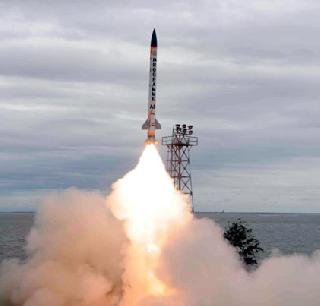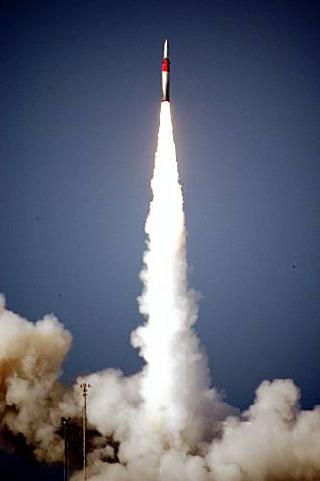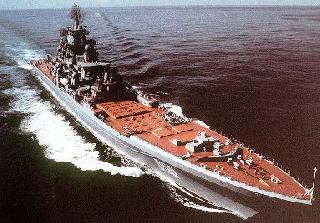
Defence Research and Development Organization (DRDO) successfully completed the fourth consecutive Interceptor Missile test in Endo atmospheric regime at 15 Km altitude off ITR, Chandipur, Orissa on Monday. A PTI Photo
BALASORE (PTI): India on Monday successfully test-fired its indigenously developed interceptor missile, capable of destroying any incoming hostile ballistic missile, from the Integrated Test Range at Wheeler Island off Orissa coast.
Aimed at developing a full-fledged multi-layer Ballistic Missile Defence (BMD) system, the trial was carried out from two launch sites of ITR off the Orissa coast, defence sources said.
The whole exercise is to achieve the desired result with precision, said a senior defence scientist.
The target missile, a modified surface-to-surface ‘Prithvi’ was first lifted off from a mobile launcher at 10:05 am IST from the launch complex-3 of ITR at Chandipur-on-sea, 15 km from here.
The interceptor “AAD” missile, positioned at Wheeler Island, about 70 km across sea from Chandipur getting signals from radars tracked it a few minutes later and then intercepted at a definite altitude in mid-air over the sea, the sources said.
Describing the trial as a success, ITR Director S P Dash told PTI that the target missile was hit with "accuracy and precision" by the interceptor at an altitude of 15 km.
An “AAD” missile was used as interceptor at low altitude, the sources said, adding that the indigenously developed new hypersonic interceptor missile was designed to be engaged in endo and exo atmospheric condition.
The interceptor designed for endo-atmospheric condition (up to 30 km altitude) is a seven-metre-long and single stage solid rocket propelled guided missile, equipped with an inertial navigation system, a hi-tech computer and an electro-mechanical activator totally under command by the data up-linked from the sophisticated ground based radars to the interceptor.
Similarly, the interceptor designed for exo-atmospheric condition is a two-stage missile with a maximum interception altitude of 80 km, they said.
The interceptor missile had its own mobile launcher, secure data link for interception, independent tracking and homing capabilities and its own radars.
This is the fourth time that the DRDO has tested its intercepting missile. The three previous tests were conducted on November 27, 2006, December 6, 2007 and March 6, 2009 from Wheeler Island.
The fourth test which was scheduled in mid-March was put-off twice and considered abandoned. Due to some technical snags in the sub-system of the missile, the mission was aborted prior to take off on March 14. The next day the target missile deviated from its pre-determined trajectory, which forced DRDO to put-off the trial of the interceptor missile, the sources said.
 Previous Article
Previous Article Next Article
Next Article












The Indian Air Force, in its flight trials evaluation report submitted before the Defence Ministry l..
view articleAn insight into the Medium Multi-Role Combat Aircraft competition...
view articleSky enthusiasts can now spot the International Space Station (ISS) commanded by Indian-American astr..
view article